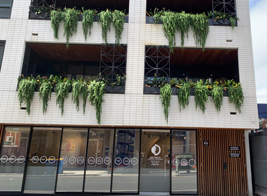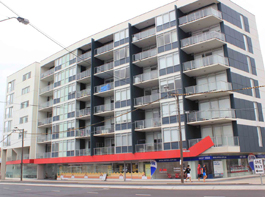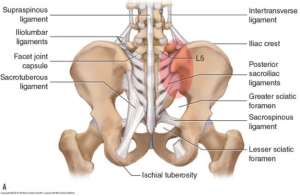People are often surprised to learn that there’s more to walking than simply putting one foot in front of the other. In fact, a little technique goes a long way to making your walks more enjoyable and more effective.
Walking with proper posture is critical to prevent injuries, walk longer, and feel more comfortable while fitness walking. Good posture helps walkers avoid added strain on their neck and back and keeps your muscles and joints in alignment. You’ll be able to walk faster with less fatigue when you’re walking the right way.
Technique is especially important if you are hoping to become fitter and lose weight, because it will enable you to walk faster and longer. When you’re standing tall, your muscles will move through a greater range of motion for a more powerful stride. Improving your walking posture will help you to look and feel more confident, too—and you’ll look slimmer before losing a single pound. It will also help alleviate aches and pains and allow you to take deep breaths for more energy.
If you’re experiencing soreness while walking, it could be due to your posture and not your shoes, gear, or walking surface. Fortunately, you can start fixing your posture today by focusing on it during your next walk. Once you correct your posture, you’ll walk with less soreness, feel much happier, and simply enjoy walking more.
Benefits of Good Posture
- Facilitates better breathing by opening up the lungs.
- Decreases stress on the ligaments holding spinal joints in place.
- Keeps the spine in proper alignment.
- Keeps joints and bones from becoming set in abnormal positions, ensuring muscles are used correctly.
- Decreases wear and tear on joint surfaces.
- Maximizes energy and decreases fatigue; when muscles are being used efficiently, the body expends less effort.
- Prevents backache and chronic muscle pain.
Keeping in mind these exercises are of general nature and do not take your injuries/history into considerations. In order to fully rehab your discomfort you will still need to continue to progress to harder and more functional strengthening exercises that are specifically tailored for you, in order to feel pain free while working.
Here at Capital Physiotherapy, our physiotherapists are the experts in helping you to fix your issues as well as all the discomfort that comes with it!
We can help you lead a healthier and pain free lifestyle.
Our physiotherapist will be able to give a full assessment on you and come out with individualised advice/ treatment plan that is tailored for your particular needs.
At Capital Physiotherapy, your initial appointment is 40-60 minutes long. This allows our physios to be thorough in their assessment, as well as giving them enough time to give you treatment on the same consultation!
For any physiotherapy related concerns drop us an email info@capitalphysiotherapy.com.au or make an appointment through our booking system!
You will find us at any of our clinics near you:
Additional Information:
We also provide Telehealth Consultation for your safety and convenience during this pandemic.


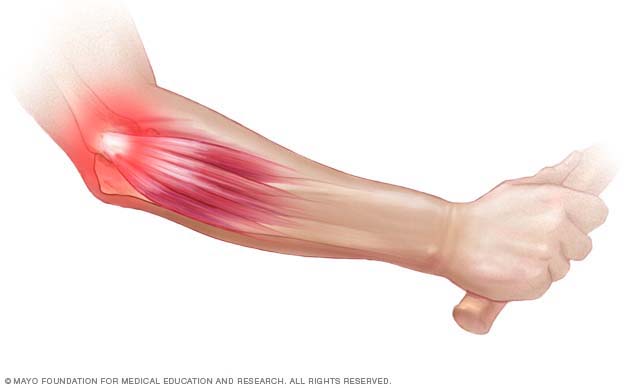

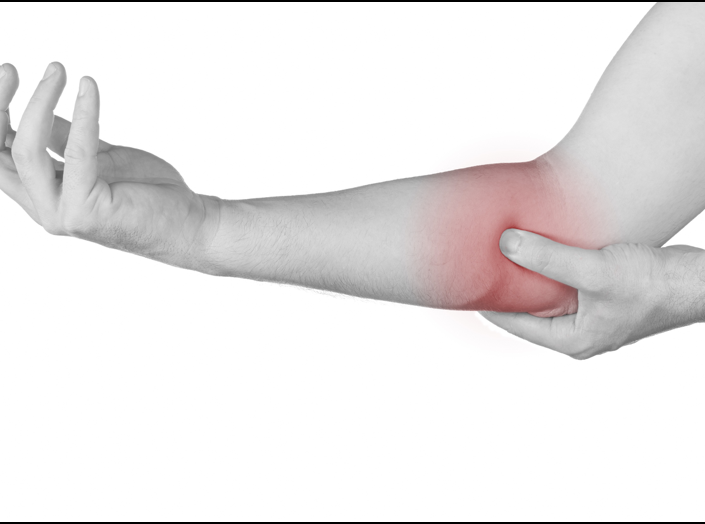
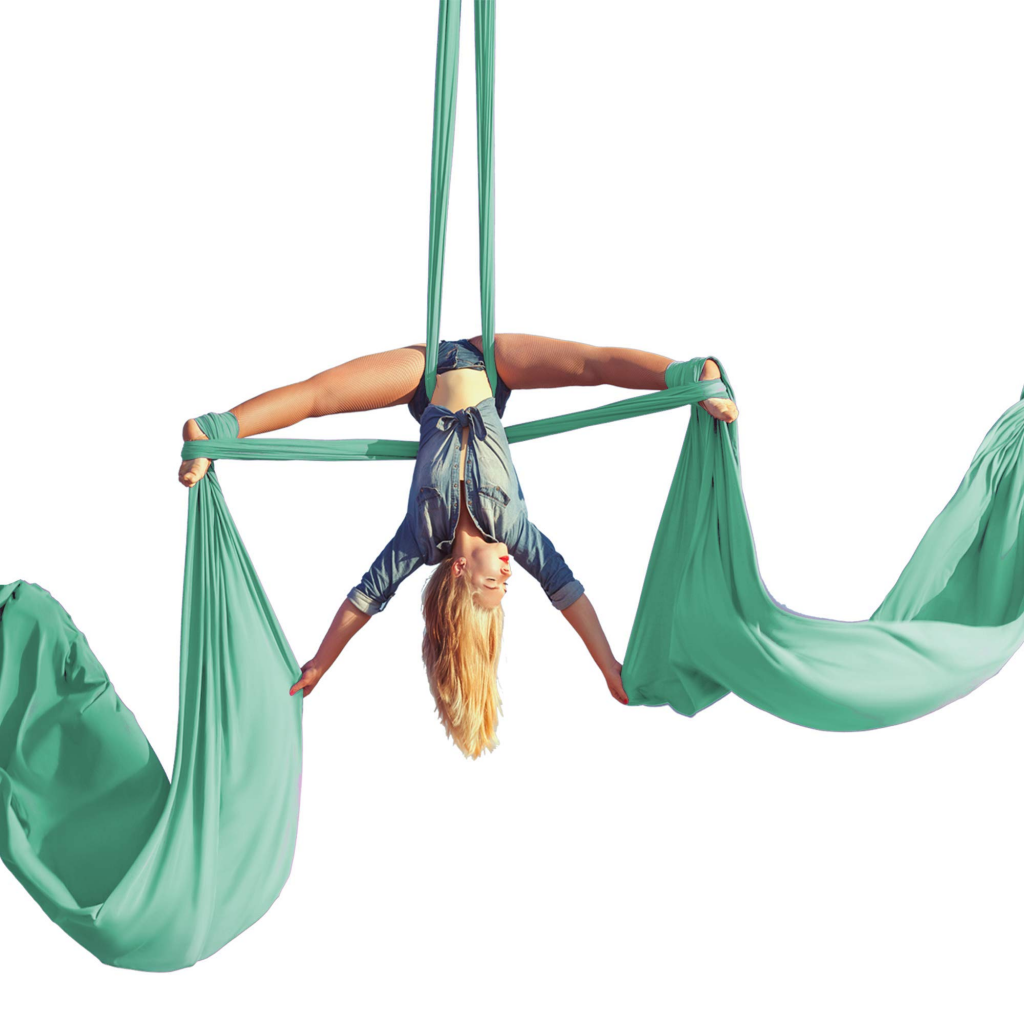
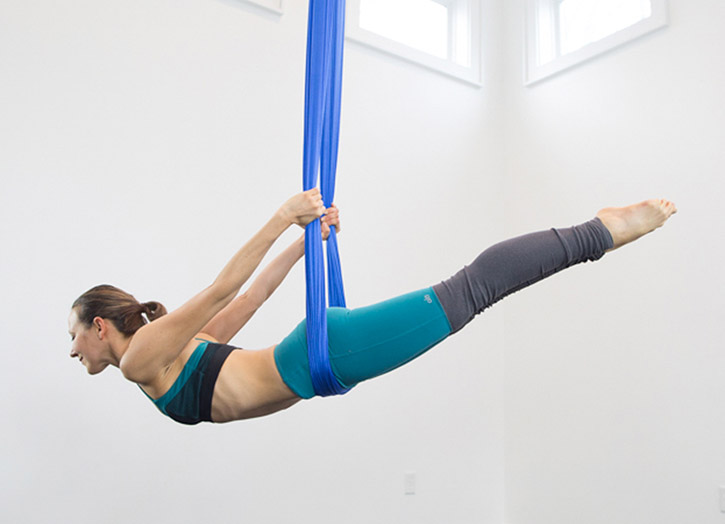
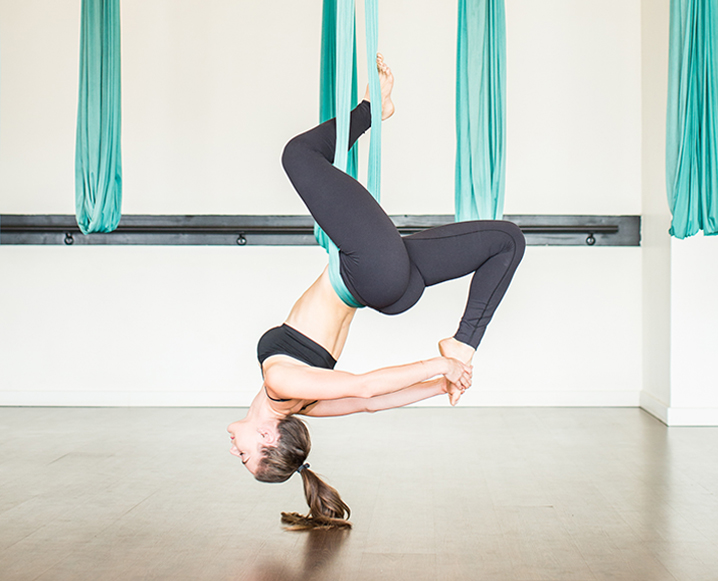
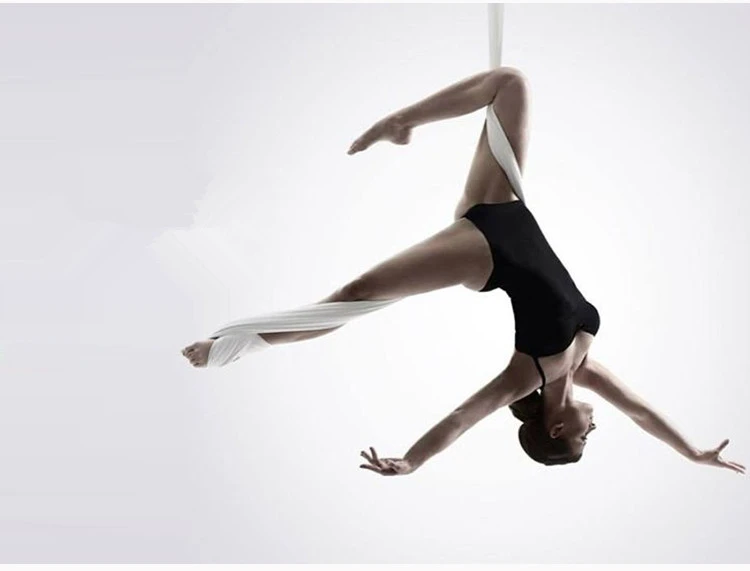
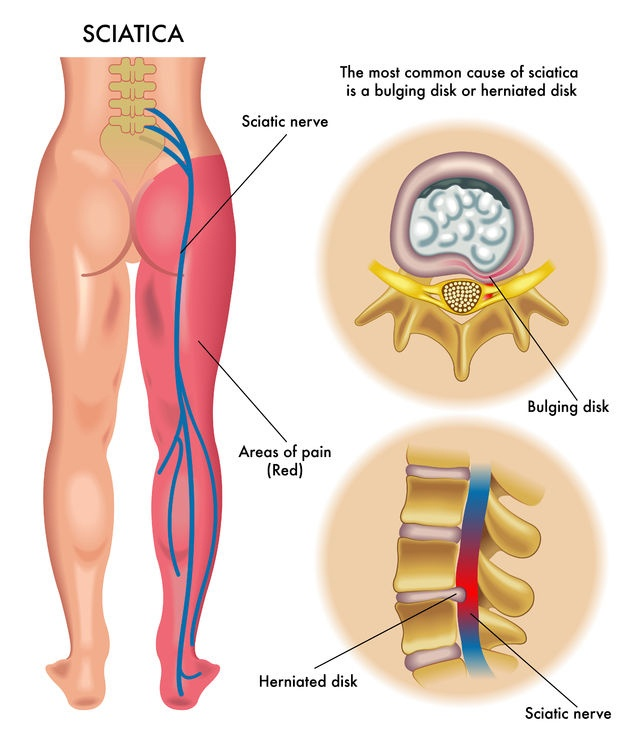
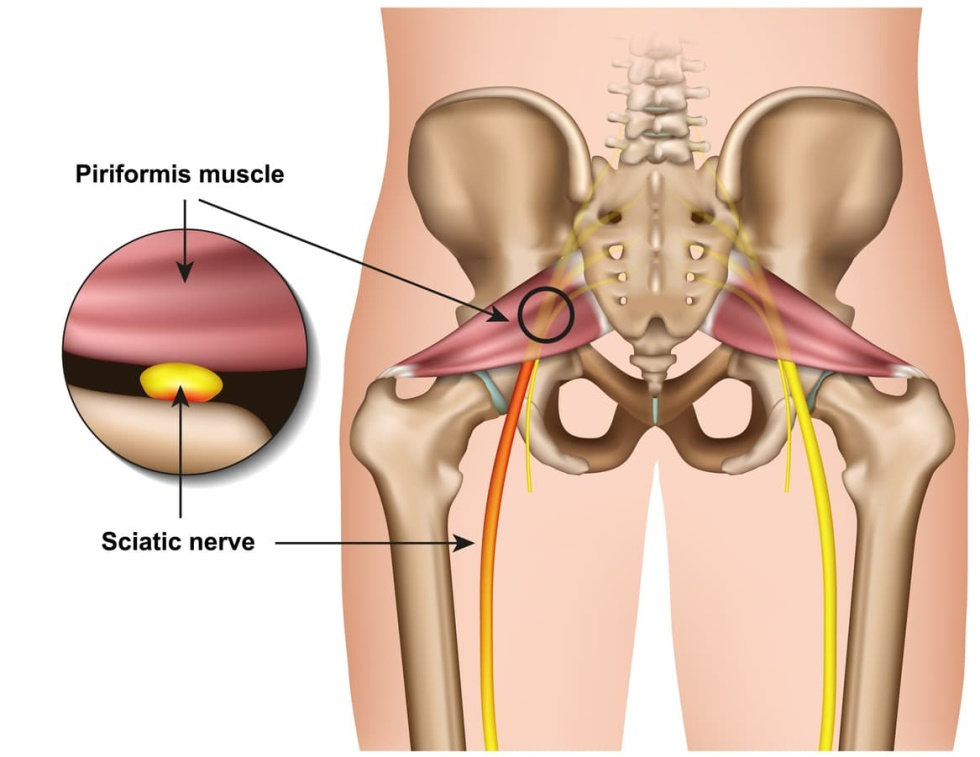
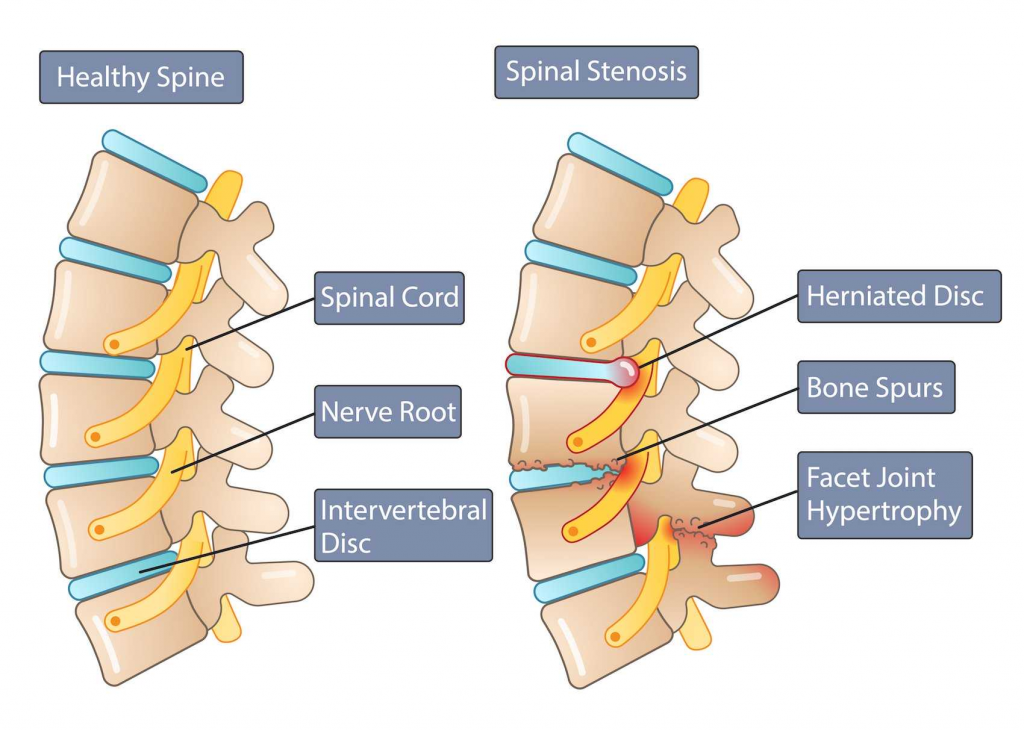
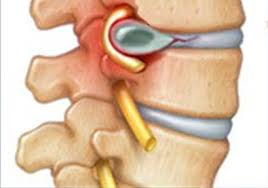
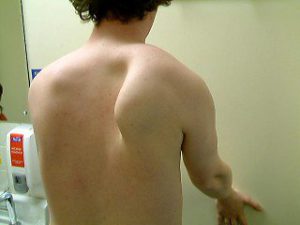
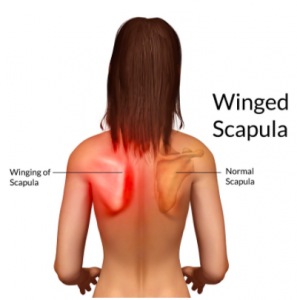 How can Capital Physiotherapy help reduce scapula winging?
How can Capital Physiotherapy help reduce scapula winging? With her wealth of clinical experience – in both public and private systems, Melanie is contactable at Capital Physiotherapy’s Hawthorn Physio clinic to provide you with the best physio treatment in the Hawthorn and for the surrounding suburbs.
With her wealth of clinical experience – in both public and private systems, Melanie is contactable at Capital Physiotherapy’s Hawthorn Physio clinic to provide you with the best physio treatment in the Hawthorn and for the surrounding suburbs.